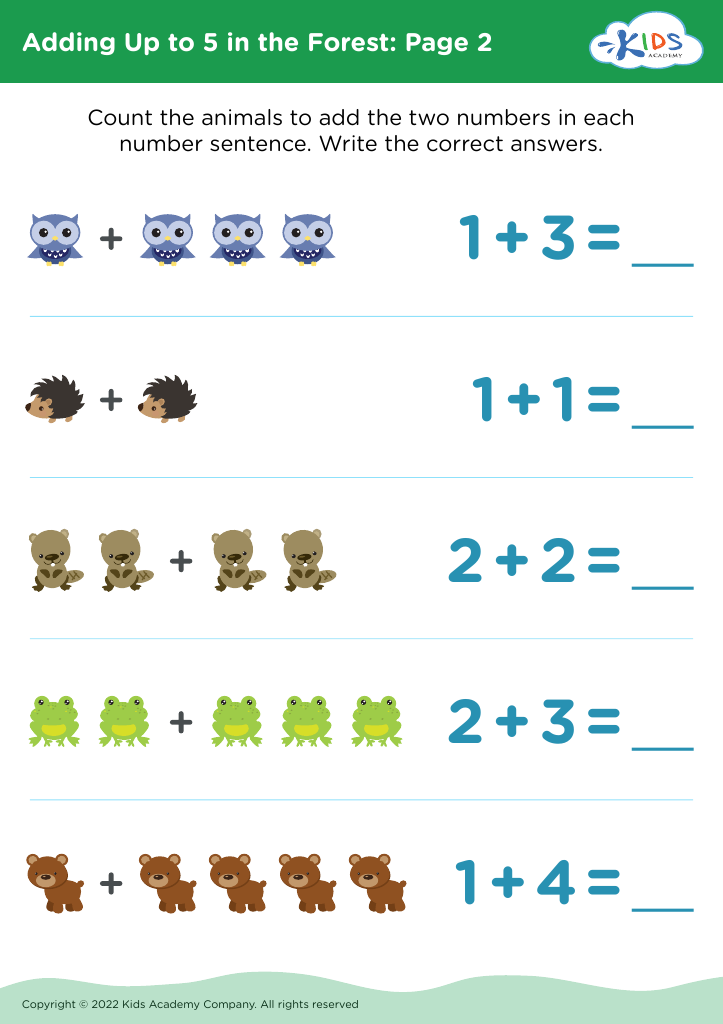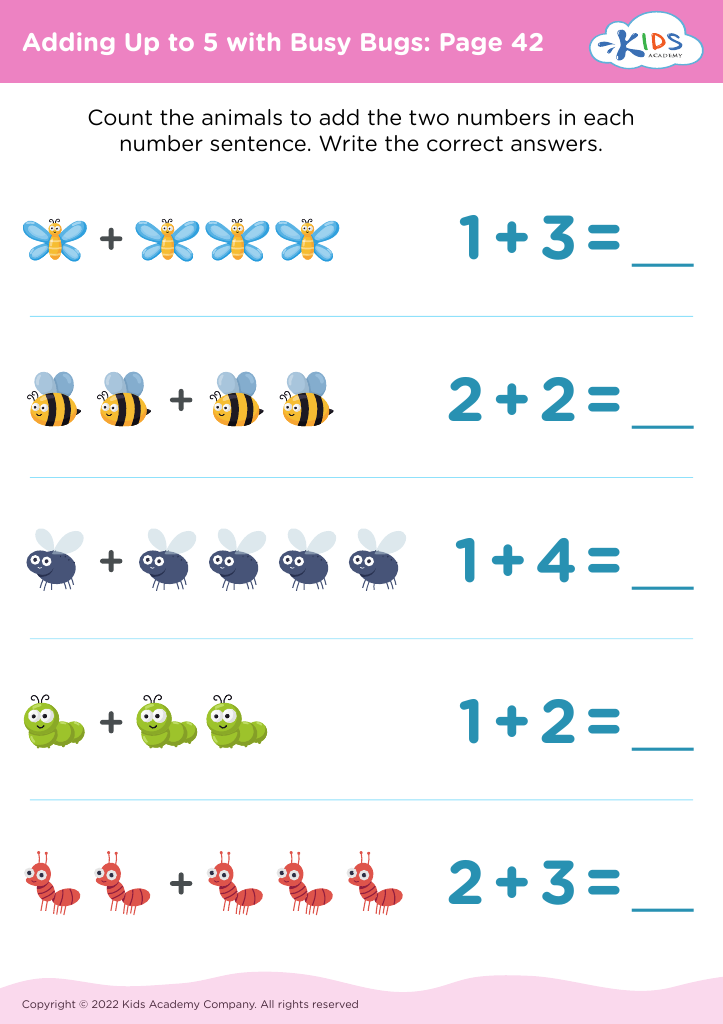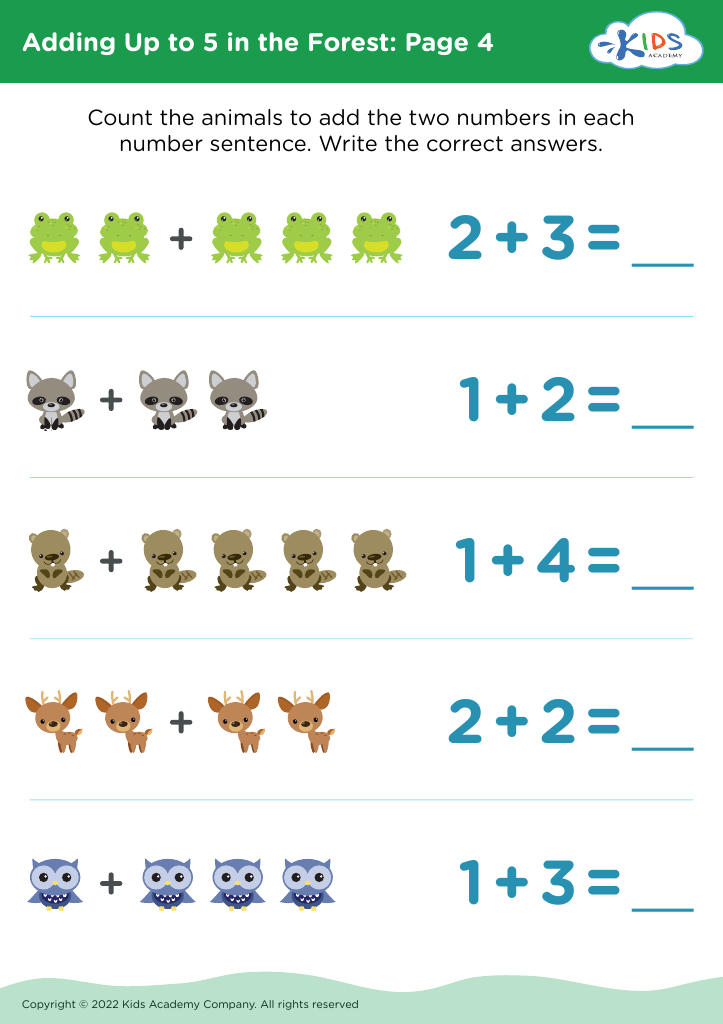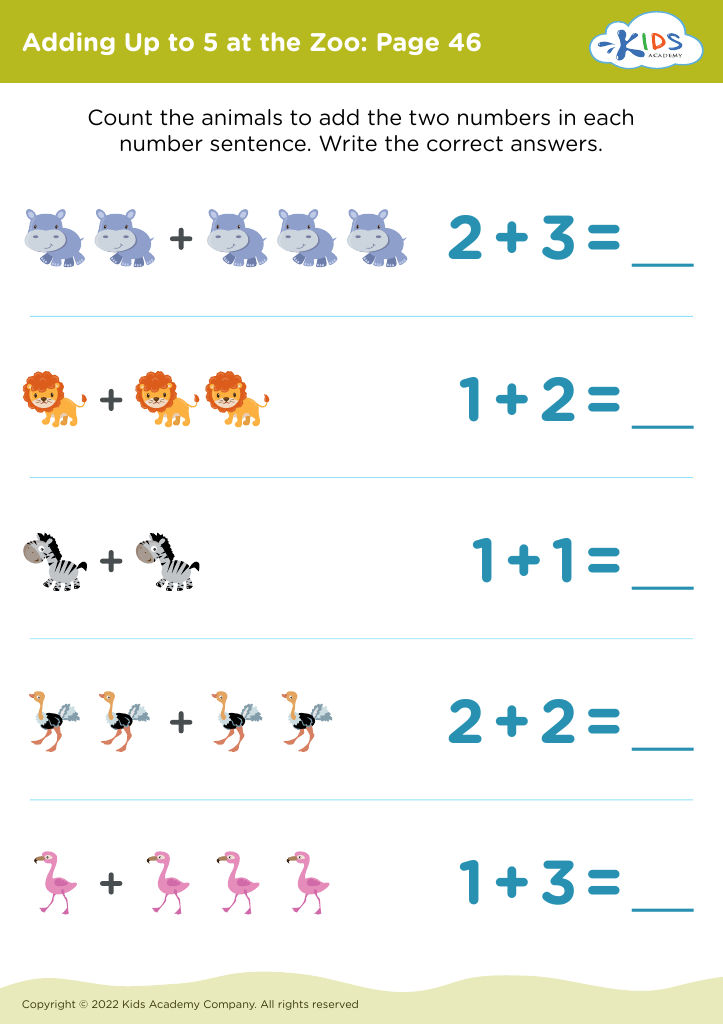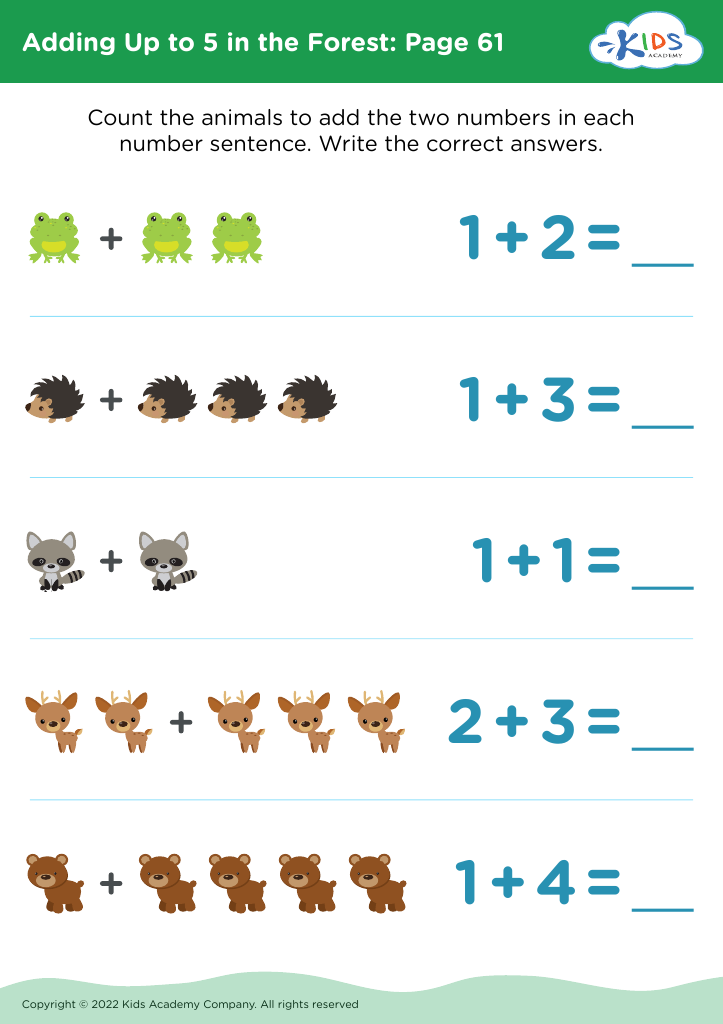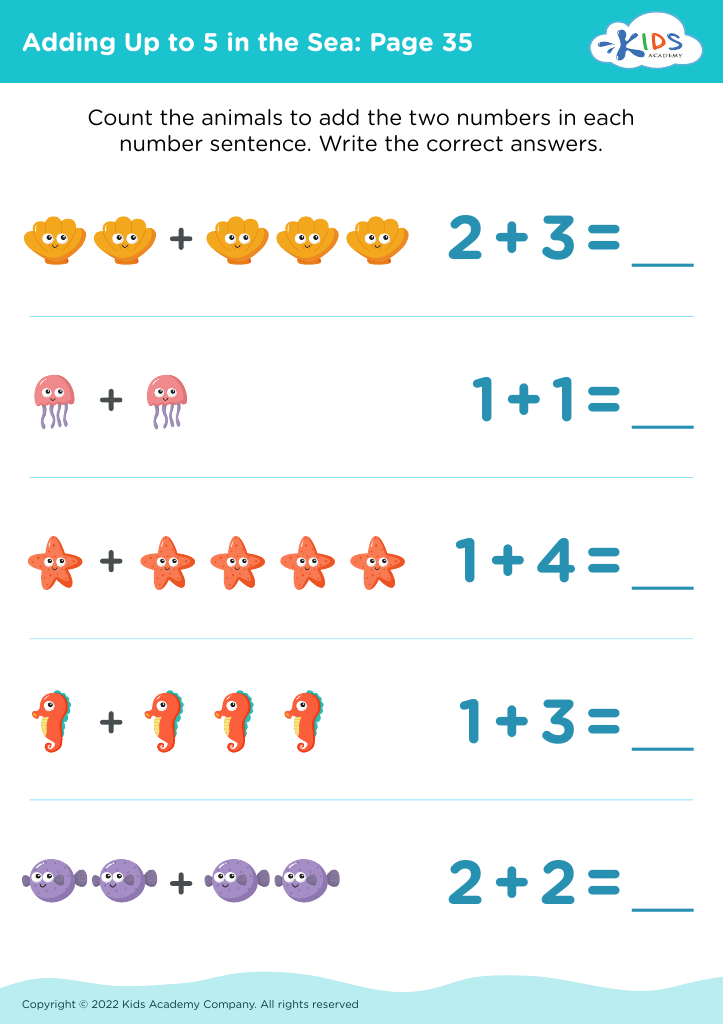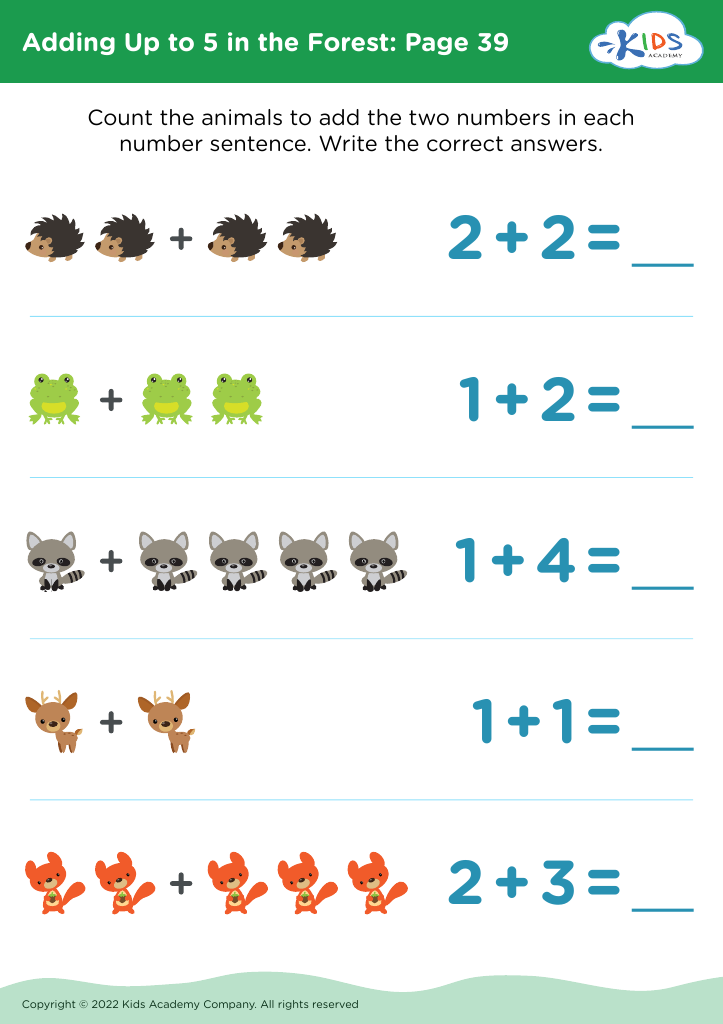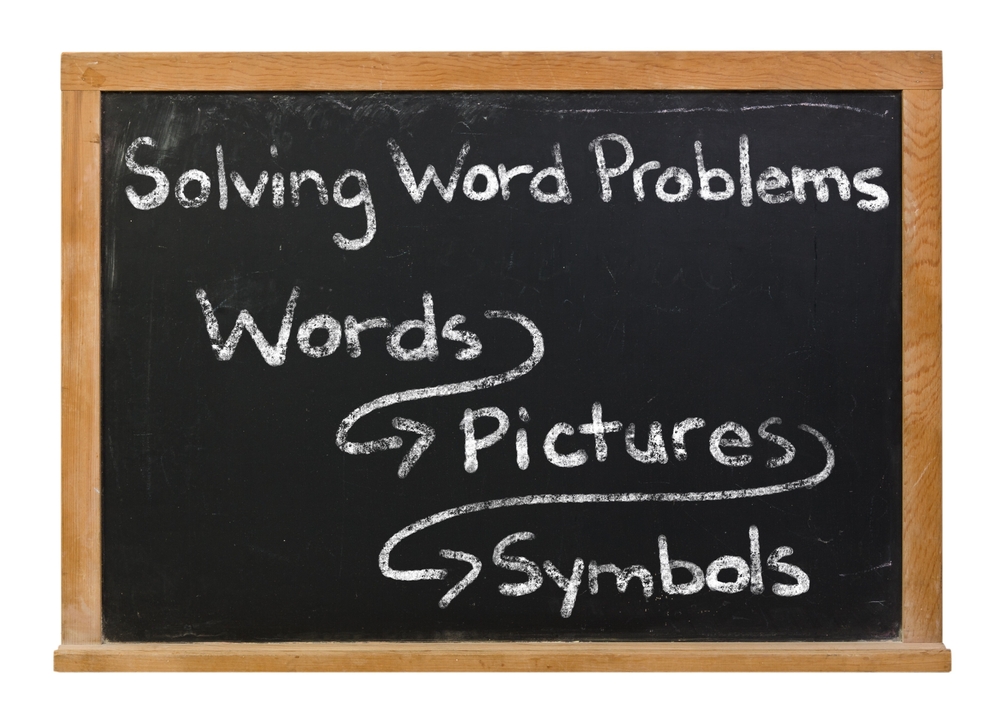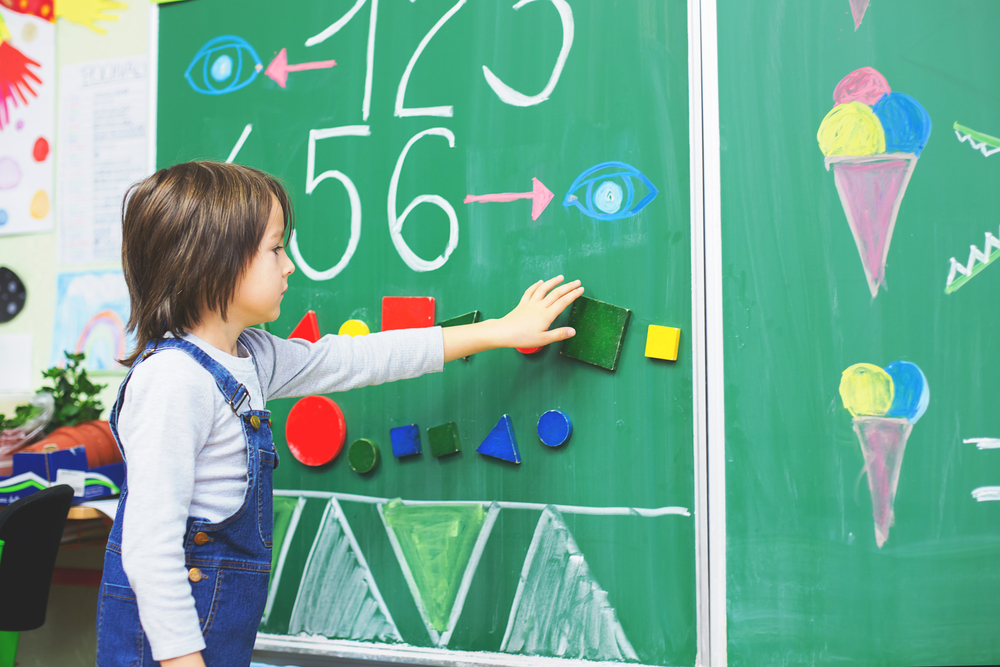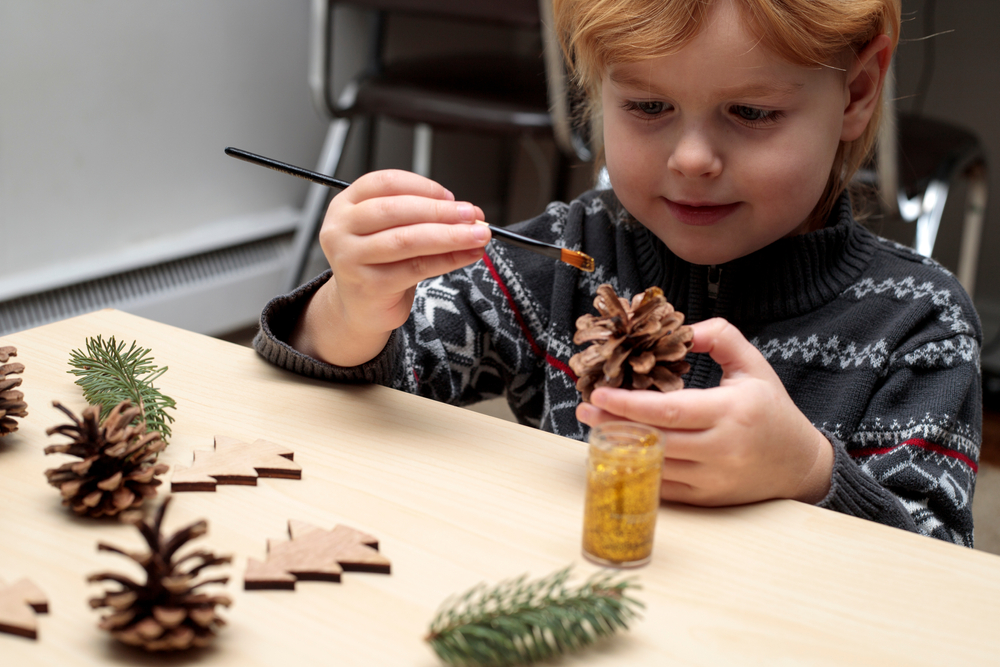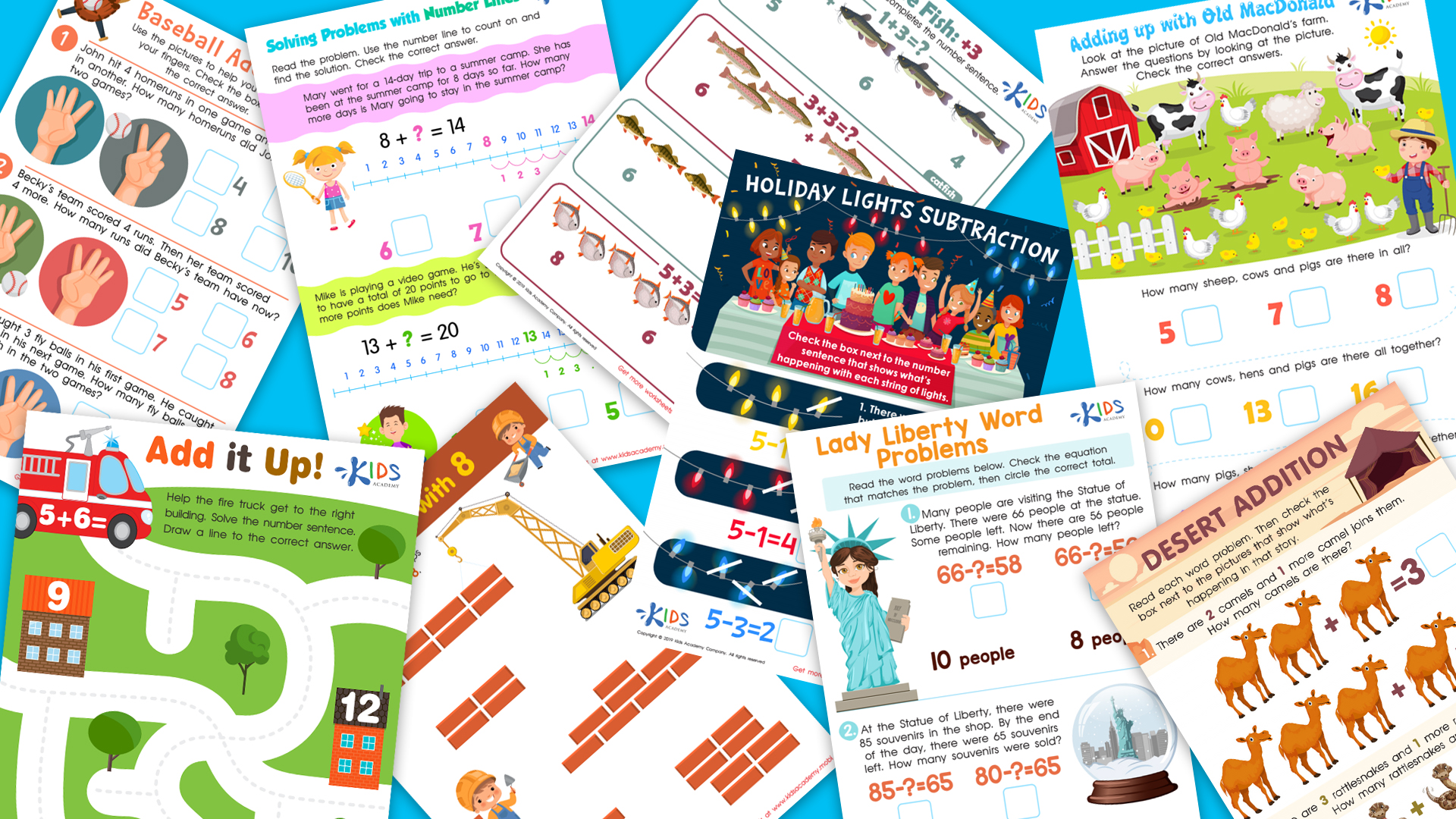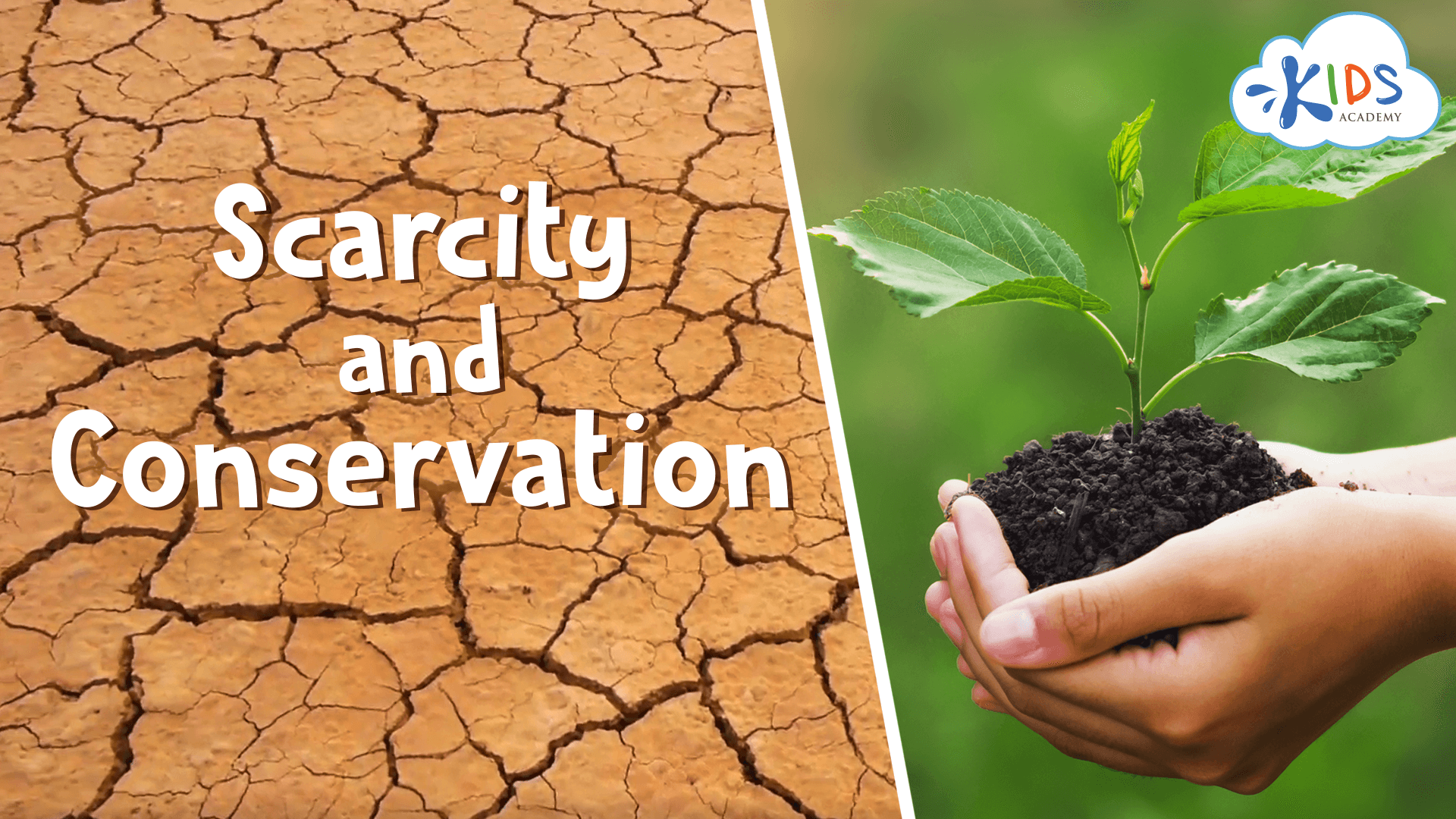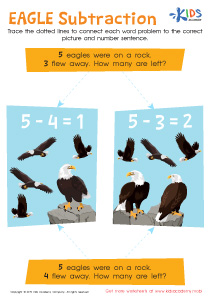Visual perception Addition Worksheets for Ages 5-6
13 filtered results
-
From - To
Discover our engaging Visual Perception Addition Worksheets for ages 5-6 at Kids Academy. Designed to enhance early math skills, these worksheets combine fun visuals with simple addition problems, helping young learners improve their visual processing and number sense. Each worksheet features vibrant images that make learning feel like play, ensuring kids stay entertained while mastering addition. Perfect for kindergarteners, these activities foster cognitive development and build a solid foundation for future mathematical success. Visit Kids Academy to find the perfect resource to support your child's learning journey in an enjoyable and effective way!
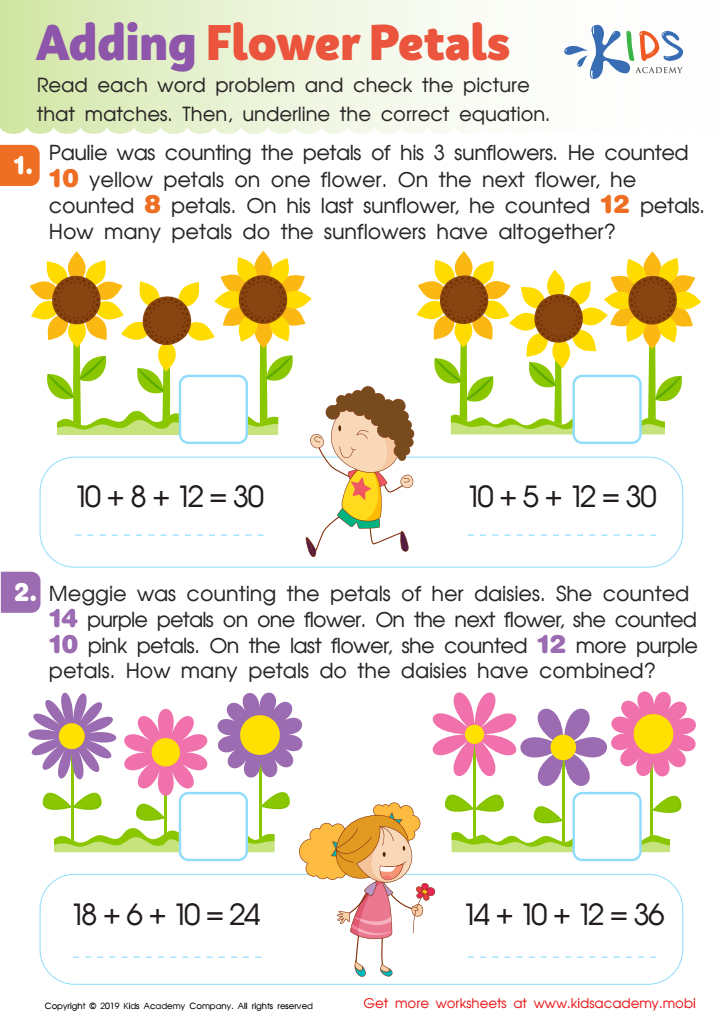

Adding Flower Petals Worksheet
Visual perception and addition skills for children ages 5-6 are essential building blocks for their academic and overall development. In this critical period, children develop foundational skills that will influence their success in more complex subjects and daily tasks as they grow.
Visual perception involves the ability to interpret and make sense of visual information from the surrounding environment. Improving this skill helps young children correctly identify shapes, letters, and numbers, which are fundamental for reading and math competency. For example, distinguishing between similar-looking numbers like 6 and 9 or understanding spatial relationships are crucial skills learned through visual perception exercises.
Addition at ages 5-6 forms the basis for higher-order arithmetic. Early practice with addition not only enhances computational skills but also promotes numerical literacy. When children combine objects visually and come up with a total, they engage in a hands-on learning process that makes abstract concepts more tangible. This method bridges the gap between concrete and abstract thinking, allowing them to progress fluently to more complex math in later years.
Therefore, parents and teachers should prioritize activities that combine visual perception and addition, such as interactive games, puzzles, and practical counting exercises, to build a strong mathematical foundation. This integrated approach will set the stage for academic success and practical life skills in the future.
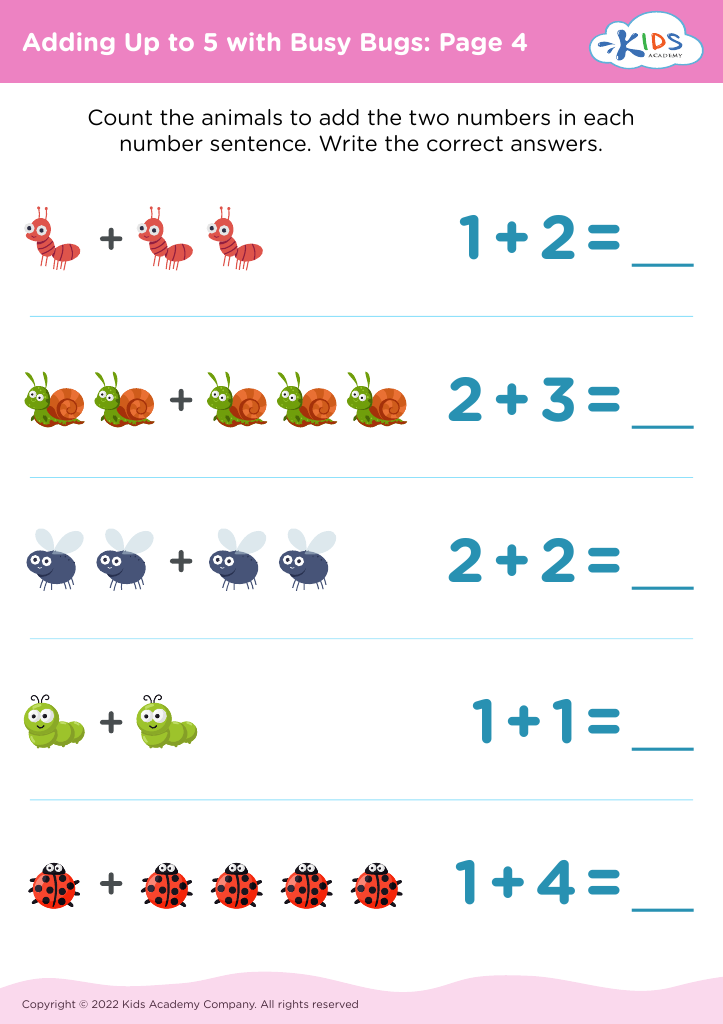
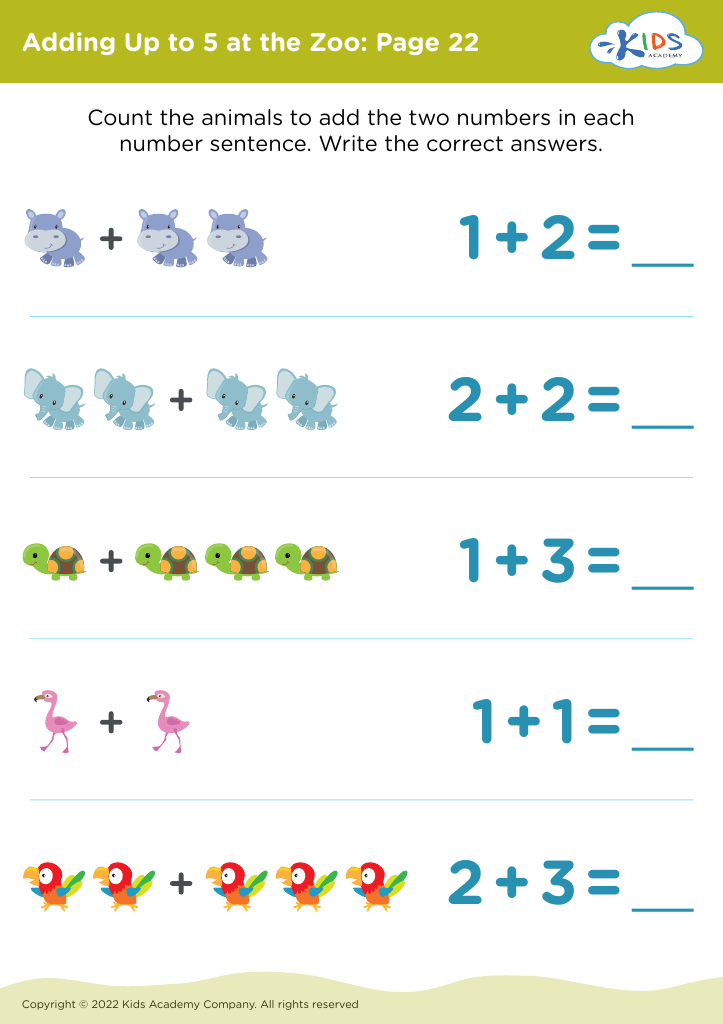
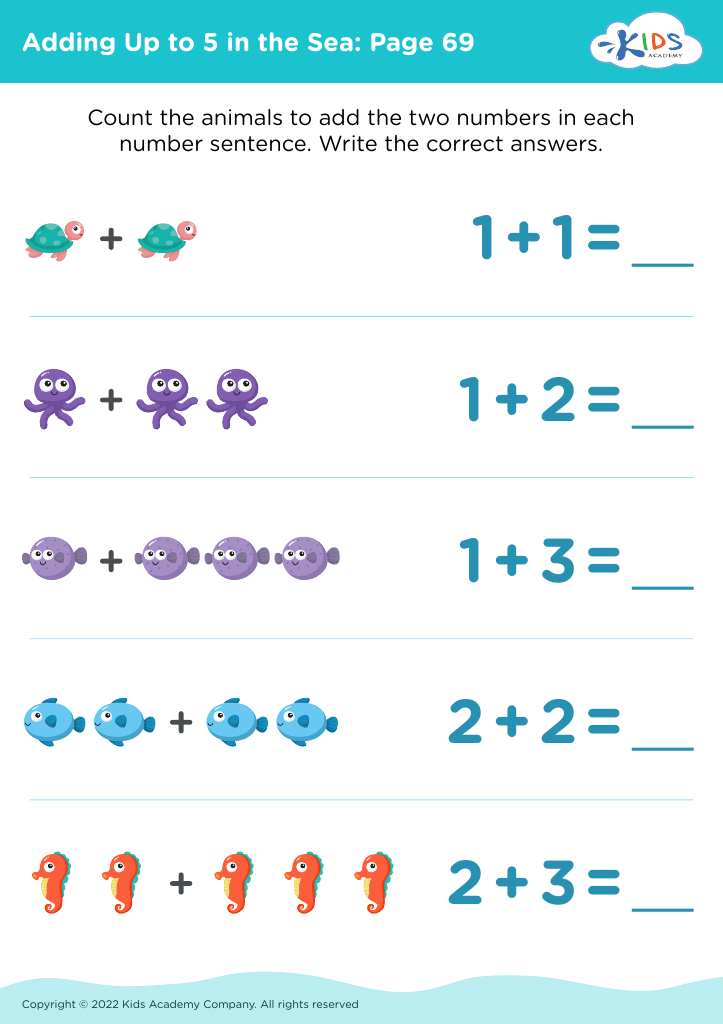
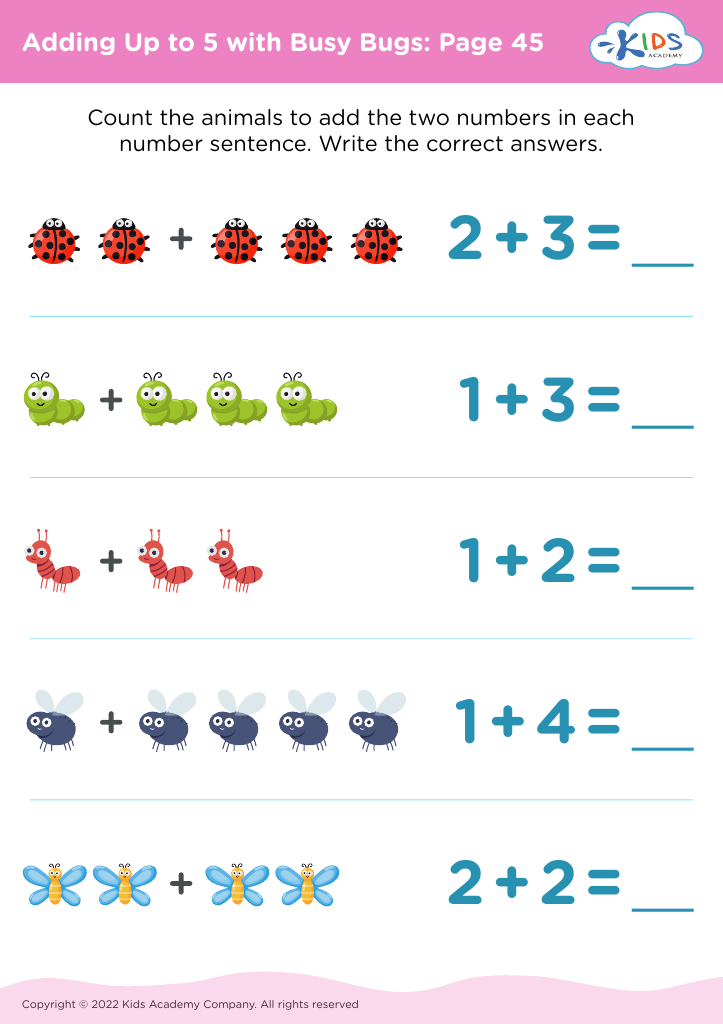
 Assign to My Students
Assign to My Students


